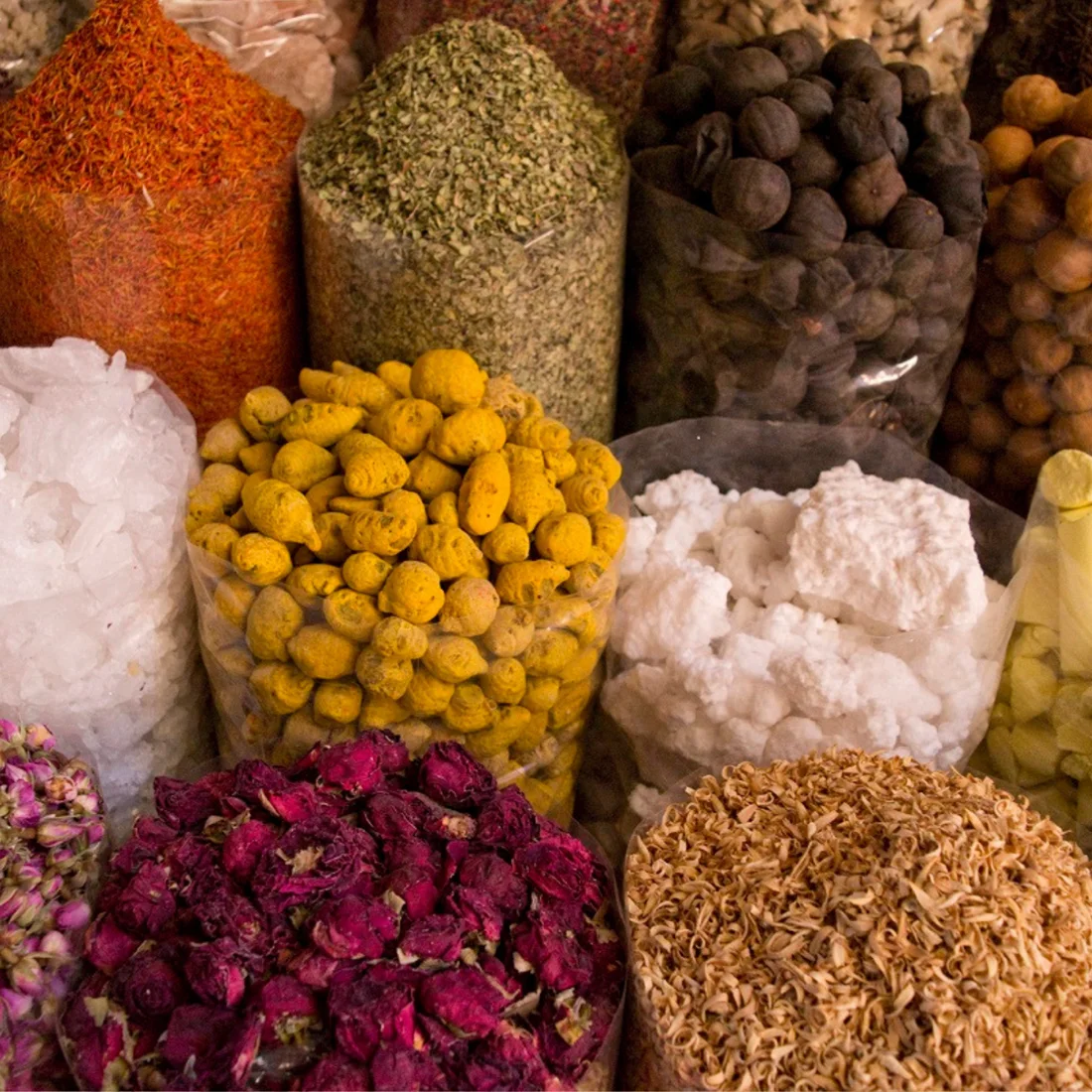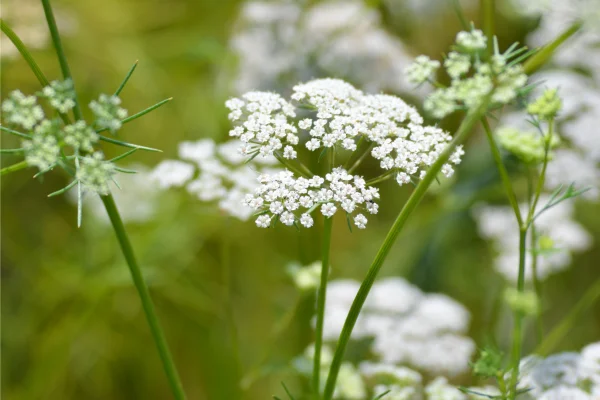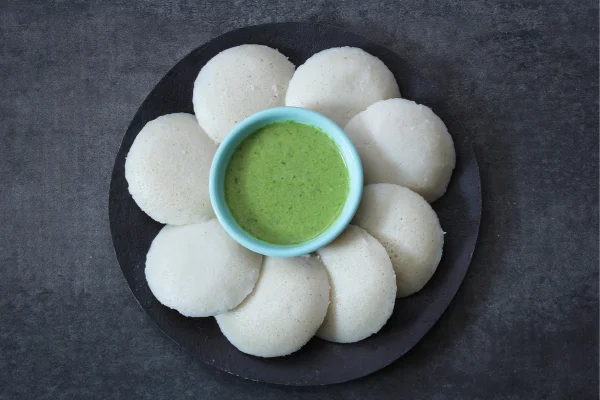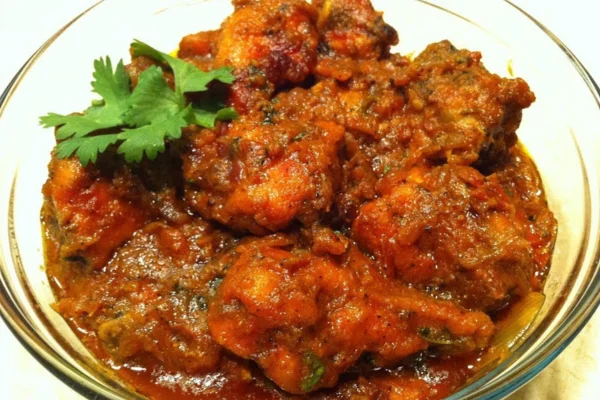For centuries, spices have been the cornerstone of many cultures’ cuisines and medicinal treatments. But where did these spices come from? In this article, we explore the fascinating history of when and how spices were discovered around the world. From ancient Chinese ginger to American chili peppers, join us on a journey through time as we uncover the secrets of spice discovery!
What are spices?
A spice is a dried seed, fruit, root, bark, or vegetative substance used in nutritionally insignificant quantities as a food additive for flavor, color, or as a preservative that kills harmful bacteria or prevents their growth. Spices are distinguished from herbs, which are parts of leafy green plants also used for flavoring or as garnish. Most spices have antimicrobial properties. This may explain why spices are more commonly used in warmer climates, where food spoilage is more likely. Spices are used in many cuisines to add flavor to food. Common examples include black pepper, white pepper, cinnamon, cloves, ginger, nutmeg, and paprika.
Spices in Ancient Egypt
ANCIENT EGYPTIAN SPICES When spices were discovered, ancient Egyptians were some of the first to use them. They used spices for both cooking and medicinal purposes. Some of the most popular spices used in ancient Egypt included: • Anise: Used to flavor breads and cakes. Also used medicinally to treat digestive issues. • Cardamom: Used to flavor coffee and tea. Also used to make perfumes and incense. • Cinnamon: Used to flavor sweets and baked goods. Also used medicinally to treat colds and flu. • Cloves: Used to flavor meats, stews, and sauces. Also used medicinally to treat toothaches and headaches. • Coriander: Used to flavor breads, cakes, and pastries. Also used in pottery glazes and cosmetics. • Cumin: Used to flavor meats, stews, and soups. Also used in cosmetics and incense.
Spices in Ancient Rome
The discovery of spices was a turning point in the history of humankind. With the ability to add flavor and prolong the shelf life of food, spices quickly became a coveted commodity. While the origins of some spices are lost to time, we do know that they were being used in ancient Rome. The Roman naturalist Pliny the Elder wrote about their use in his encyclopedic work Naturalis Historia. He noted that cloves, nutmeg, and mace were used to flavor wine. Pepper was used as a medicine and as a way to keep insects away from food. Cumin, coriander, and fennel were used in cooking. As the Roman Empire expanded, so did the trade routes that brought spices from far-flung corners of the world. The most valuable spice was pepper, which came from India. Other popular spices included cinnamon (from Sri Lanka), ginger (from China), and turmeric (from Indonesia). The high cost of these spices meant that they were only available to the wealthy. But as demand grew, so did production, making spices more accessible to the masses. Today, we take them for granted, but it’s worth remembering that our ancestors once considered them priceless treasures.
Spices in India
When it comes to spices, India is a veritable powerhouse. The subcontinent has been renowned for its spices since ancient times, and today, Indian spices are prized the world over for their flavor and versatility. There are literally hundreds of different spices used in Indian cuisine, ranging from the more familiar (cumin, turmeric) to the more exotic (asafoetida, kokum). And while some spices are used throughout the country, others are regional specialties. No matter what spice you're looking for, chances are good that you'll find it in India. So why not add a little spice to your life and explore all that India has to offer?
Conclusion
We hope this article has helped to give you a better understanding of the fascinating history behind spices and how they were discovered. We can see that for thousands of years, humans have had a great appreciation for spices and used them in various dishes and treatments. Spices are now an essential part of many cuisines around the world, adding flavor, aroma, and color to our favorite meals. It's amazing to think that something as simple as a spice could be so integral in shaping cultures across the globe!

 English
English





















